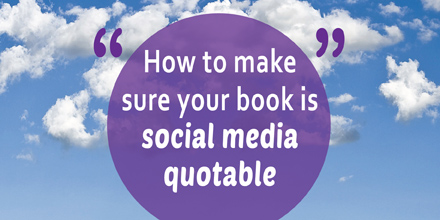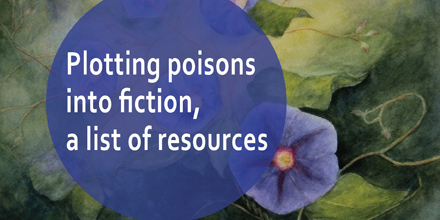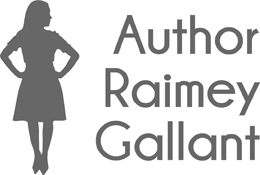Below is a list of ways you can de-emphasize or delete some of the smaller characters in your manuscript. Click the title above to continue reading.
How to people scenes like R. O. Kwon #AuthorToolboxBlogHop
A couple of years ago, my critique partner, with respect to the first chapter of one of my books, asked me why I had only described my setting according to its non-human characteristics. The scene was outside a palliative care facility during the day, so wouldn’t folks be visiting relatives? Click the title above to continue reading.
Is your book cover photogenic? #AuthorToolboxBlogHop
Increasingly, readers are photographing books and posting said photographs on social media and book blogs. This in mind, I asked my super talented photographer friend Sarah if there were qualities that could make one book cover not quite as photogenic as the next. She and I hit a bookstore to find out. Click the title above to continue reading.
How to write abstractions as metaphorical physicality #AuthorToolboxBlogHop
While reading The Trouble with Goats and Sheep, I noticed that the author Joanna Cannon is a bit of a genius when it comes to lending physical traits to abstract concepts. To recap, metaphors are comparisons between two things, whether abstract or concrete, that share at least one commonality, whether abstract or concrete. Click the title above to continue reading.
How to make sure your book is social media quotable #AuthorToolboxBlogHop
From a marketing standpoint, we authors want to see our books mentioned and photographed by as many readers as possible, as many times as possible, across social media and the blogosphere. I, personally, am more likely to post about a book more often, if that book has one or more quotable passages. And by quotable passages, I mean passages that…Click the title above to continue reading.
Plotting poisons into fiction, a list of resources #AuthorToolboxBlogHop
I had the privilege recently of attending a Crime Writers of Canada webinar called Plots, Plants and Poisons led by Elaine Freedman. I enjoyed the webinar so much, I asked Elaine if she would share her resource list on the literary applications of poisons with my readers. She agreed (yea!) and her annotated list of books and websites follows. I’d like to stress that I’m posting this solely as a resource for writers who are or would like to write about poisons. Click the title above to continue reading.
How to create atmosphere in a scene through parallel action #AuthorToolboxBlogHop
There’s a scene in Gillian Flynn’s Sharp Objects that gave me goosebumps, except the action responsible for said goosebumps had nothing to do with the plot. Click the title above to continue reading.
How to strategically edit for timeline inconsistencies (#IWSG blog hop)
I write crime fiction, so there are often references to when the crime occurred in relation to when in the story the discussion about the crime is taking place. “The girl with the blue hair, I saw her four days ago in the alley behind the curling club,” for example. Here’s my two-step, no-software-required process for ironing out timeline inconsistencies.
The value in reworking your metaphors #AuthorToolboxBlogHop
Have you ever noticed, when reading a metaphor, that the idea is solid, but the execution hasn’t quite hit the mark? And when I say metaphor, I’m referring to all subcategories of metaphorical language (simile, metaphor personification, etc.) For this post, I’ve decided to take early drafts of some of my own metaphors from my current novel, describe what wasn’t working, and then you can compare it to the revision. My hope is that this will help other writers identify issues with their own metaphorical language and rework accordingly. Click the title above to continue reading.
My Microsoft Word manuscript template for authors (#IWSG Blog Hop)
A few chapters into my first book, I got fed up with all the scrolling. Many authors use apps such as Scrivener to more easily move between chapters and scenes. Scrivener has many other functions, but I prefer working in Microsoft Word. I decided to take advantage of Word’s table, linking, and formula functions, and the result is a template, that after much tinkering, does everything I need it to do. Click the title above to continue reading and to find the template.










